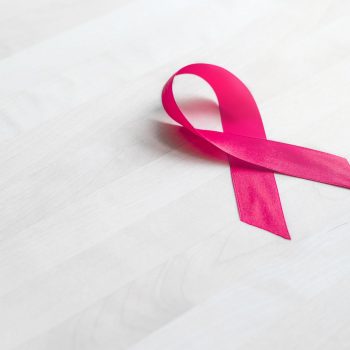Although it is a pathology generally associated with women, breast cancer can also affect men (1 case of male cancer for every 100 cases of female cancer), mainly after the age of 60 – explains Dr. Andrea Sagona, breast surgeon at Humanitas Cancer Center. The most common form of male breast cancer is ductal: tumor cells are formed in the galactophorous ducts, i.e. the small channels that connect the mammary gland to the nipple. The tumor cells then extend to the entire connective tissue of the breast until they also reach the lymph nodes. Since in men the breast is much smaller than in women, the presence of abnormalities can be evident, although sometimes more easily underestimated by the same patient. Ductal breast cancer occurs mainly through the appearance of a retroareolar nodule, sometimes accompanied by redness, nipple retraction or, in more advanced forms, bleeding. Although the symptoms, once they appear, are quite evident, the initial stages of the tumor are silent; therefore, when the patient comes to consult the specialist the cancer cells may have already spread into the nearby tissues, giving rise to metastases, mainly at the level of the axillary lymph nodes. For this reason, experts also recommend that men undergo regular check-ups, particularly after the age of 60, especially if they have previous episodes of male breast cancer in the family, because the disease may arise from genetic mutations of some particular genes (BRCA1 and BRCA2) that can be transmitted within the family in both males and females. Further risk factors to develop the pathology can be obesity, alcohol abuse, the use of hormonal drugs, as it also happens for women, or in patients with alteration of the chromosomal kit, such as patients with S. Klinefelter, who having an extra X chromosome (female), have an excess of estrogen secretion that facilitates the onset of the tumor even at a younger age. The treatment of male breast cancer involves mastectomy (removal of the entire breast), as the limited quantity of tissue does not allow for conservative surgery, associated with the biopsy of the sentinel node and/or removal of the axillary lymph nodes in their entirety. This is followed by medical chemotherapy or hormonal treatment, in light of the biological characteristics of the tumor and possible radiotherapy, depending on the stage of disease.









